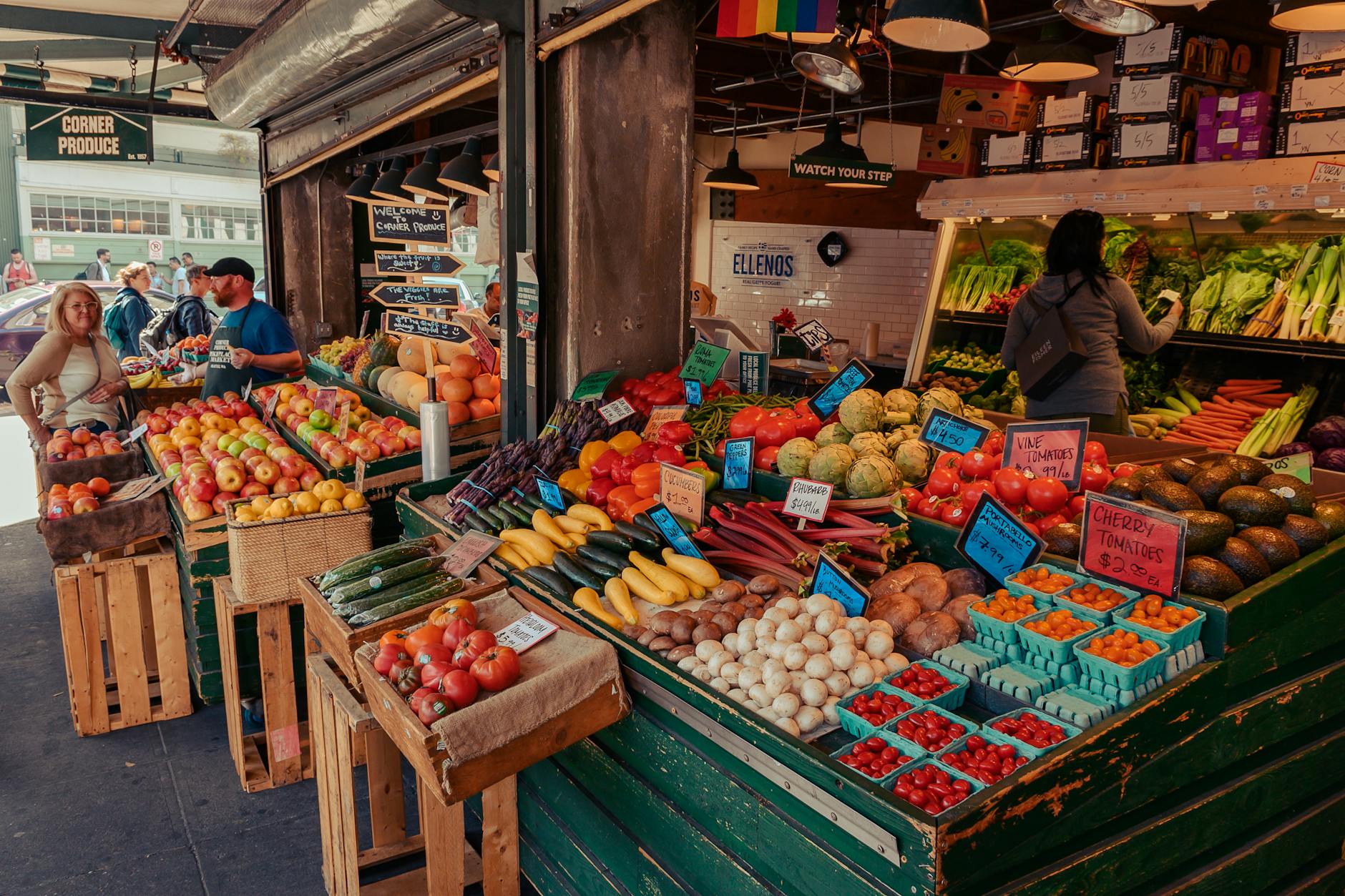Introduction
In recent years, the online marketplace for fresh produce has seen a significant surge in the United States. With an increasing focus on health and sustainability, more and more consumers are turning to online platforms to purchase their fruits and vegetables. This shift in consumer behavior has opened up a plethora of opportunities for small farmers and entrepreneurs to showcase their products and reach a wider audience. This article delves into the world of online vegetable and fruit selling in the USA, exploring the trends, challenges, and success stories that define this burgeoning industry.
Main Content
One of the key drivers behind the growth of online vegetable and fruit sales is the convenience it offers to consumers. With just a few clicks, customers can have fresh produce delivered right to their doorstep, eliminating the need for time-consuming trips to the grocery store. Additionally, online platforms provide a wider variety of products, including organic and locally sourced options, catering to the increasing demand for healthier and sustainable food choices.
For small farmers and local producers, selling vegetables and fruits online has provided a lifeline to reach a larger customer base. By bypassing traditional distribution channels and directly connecting with consumers, these farmers can showcase the quality and freshness of their products, establishing a loyal customer following in the process. Many online marketplaces also offer support and resources to help small-scale growers navigate the complexities of e-commerce, empowering them to compete in a digital landscape dominated by larger retailers.
While the opportunities in online vegetable and fruit sales are abundant, there are also challenges that both sellers and consumers face. Quality control and ensuring the freshness of perishable goods during transportation are critical concerns that require innovative solutions. Additionally, competition among online sellers is fierce, necessitating effective marketing strategies and customer engagement to stand out in a crowded marketplace.
Conclusion
As the demand for fresh and locally sourced produce continues to rise, the online vegetable and fruit selling industry in the USA shows no signs of slowing down. Entrepreneurs and farmers who embrace this digital revolution have the opportunity to not only expand their businesses but also promote healthy eating habits and support sustainable agriculture practices. By leveraging the convenience and reach of online platforms, sellers can connect with a diverse customer base and contribute to the growing movement towards a more conscious and connected food system.
